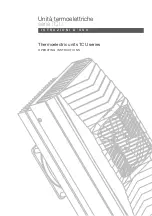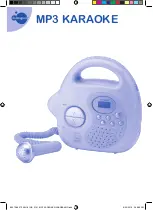
Weld Schedules
MedWeld 4000 Operator’s Guide
Modified: 9/17/08
4 - 17
M-032116 Programs #T03300, #T02300 and #T02400
98
GOTO SEQ #mm IF CURRENT LESS THAN nnnn0
(mm = 1-99)
This function determines if the current provided during the weld
portion of the schedule will be sufficient to make a good weld.
These conditions must be true when using this function:
•
Function #39 must appear in the weld schedule and
•
This function must appear after the test fire function (#39) in
the weld schedule.
NOTE:
Function #98 may appear in a schedule more than once, to allow setting-
up for different welding requirements.
An example appears in the following schedule of functions.
(This is
NOT
a recommended weld schedule. Your application requirements
may vary.)
START OF SCHEDULE #01
54
TURN ON VALVE #1
01
SQUEEZE 15 CYCLES
39
TEST FIRE 25% CURRENT
98
GOTO SEQ#02 IF CURRENT LESS THAN 02500
98
GOTO SEQ#03 IF CURRENT LESS THAN 03500
30
WELD 08 CY. 04000 AMPS
03
HOLD 02 CYCLES
55
TURN OFF VALVE #1
03
HOLD 10 CYCLES
END OF SCHEDULE #01
When Function #39 executes, if the current detected is less then the
value programmed, the control will jump to the GOTO schedule
number to complete that weld schedule. (The control will not return
to complete the original weld schedule.)
NOTES:
Phase shift during test fire will
NOT
vary by voltage compensation. The
reported current will be extrapolated to what the value of current would
have been delivered, using the following calculation:
This is implemented because the test fire is a single-cycle pulse, and the
control is monitoring only changes in resistance (rather than changes in
current).
Current Reported
=
Current Measured x Nominal Voltage
Measured Voltage
















































